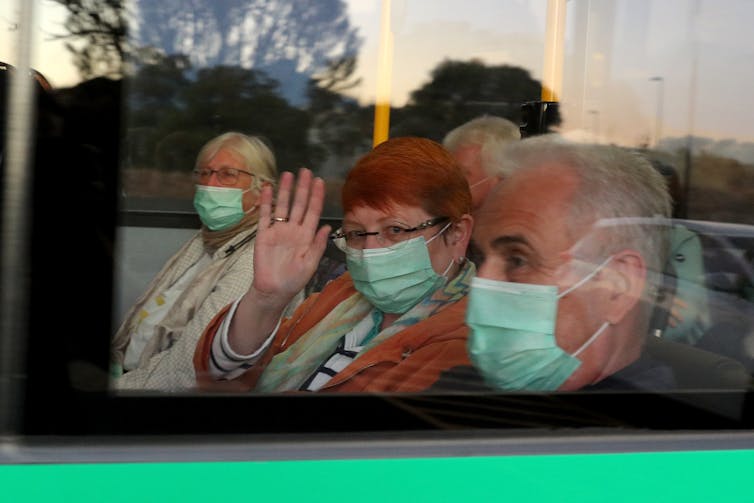Explainer: What are Australia's obligations to cruise ships off its coast under international law?
Australia has a duty to provide urgent medical care to the crews under a maritime convention, but it must weigh the threat to Australians if it allows the ships to dock, too.



